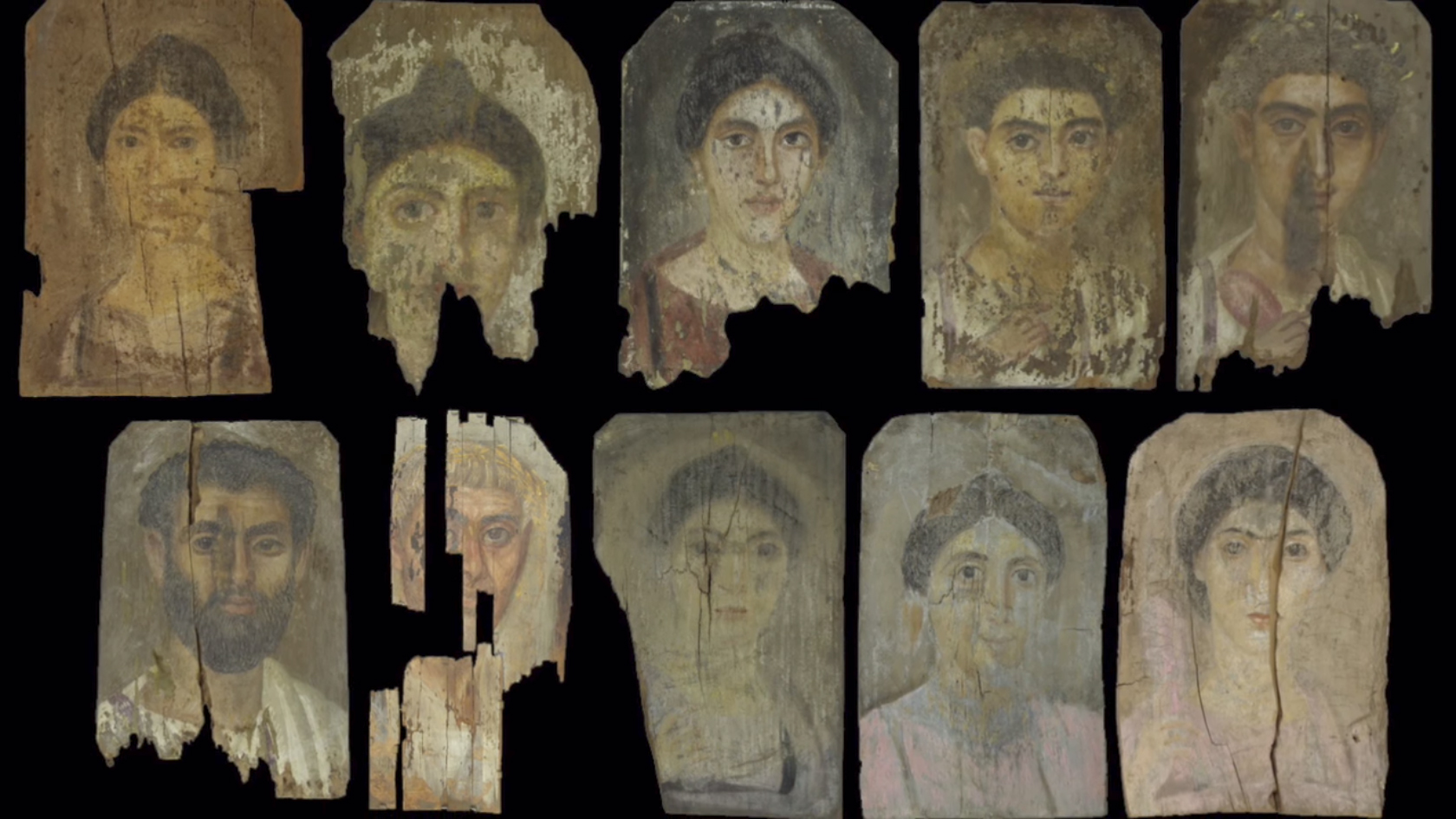First Timers 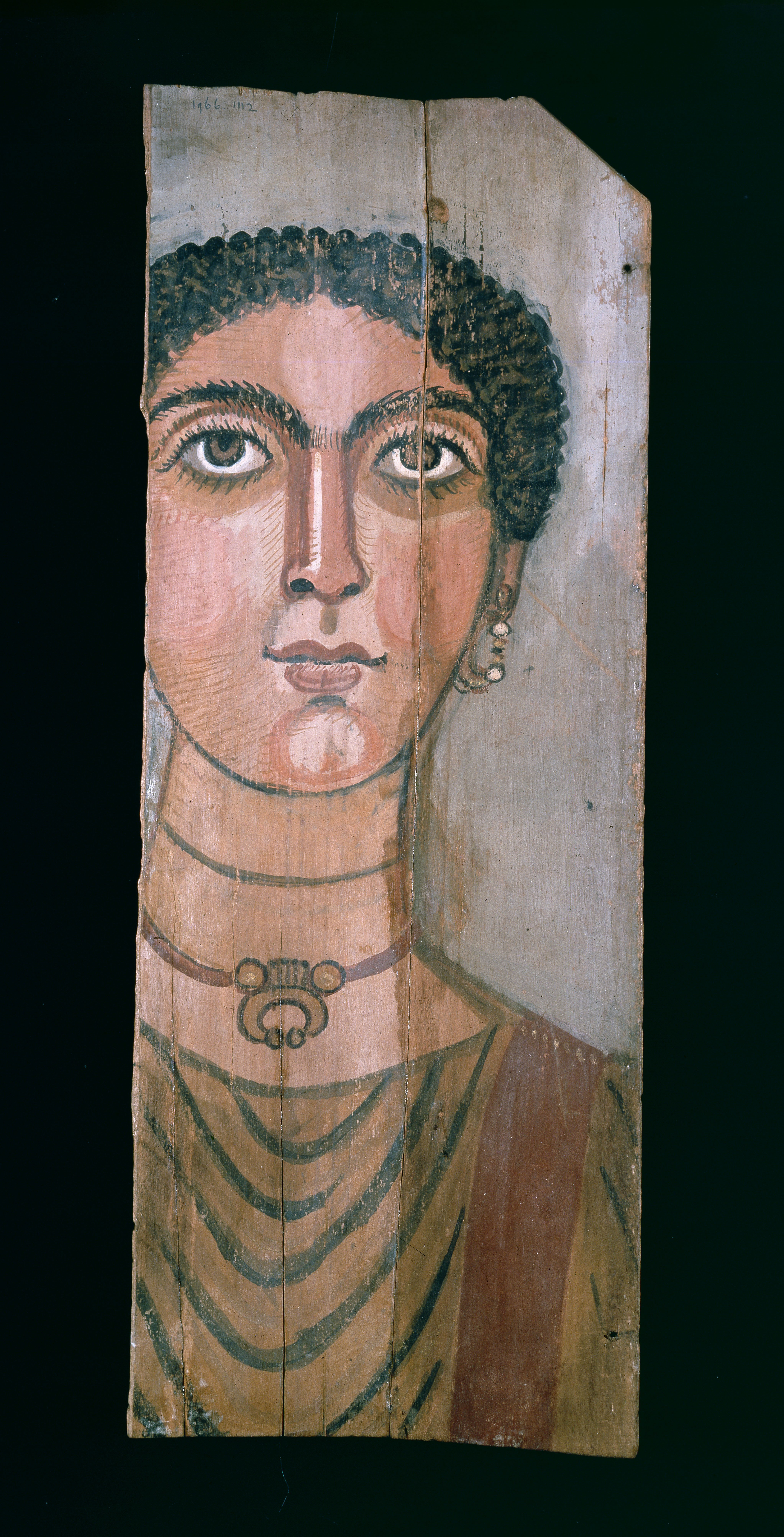
These paintings indeed lead to a huge attraction and attention when they were first unearthed. But on the topic of research, no one had actually been interested in looking into them closely. And so, after over 100 years since the panels were discovered, the time finally came for someone to do an in-depth study. It would be the first time these paintings would undergo scientific evaluation.
Who Were They?
So who were these people who finally decided to take a closer inspection of these paintings? The team of scientists and conservators who had conducted this work were from Northwestern University and the Phoebe A. Hearst Museum of Anthropology. The main objective of this study was to understand that the techniques and materials that had been used for these paintings.
No Harm Please
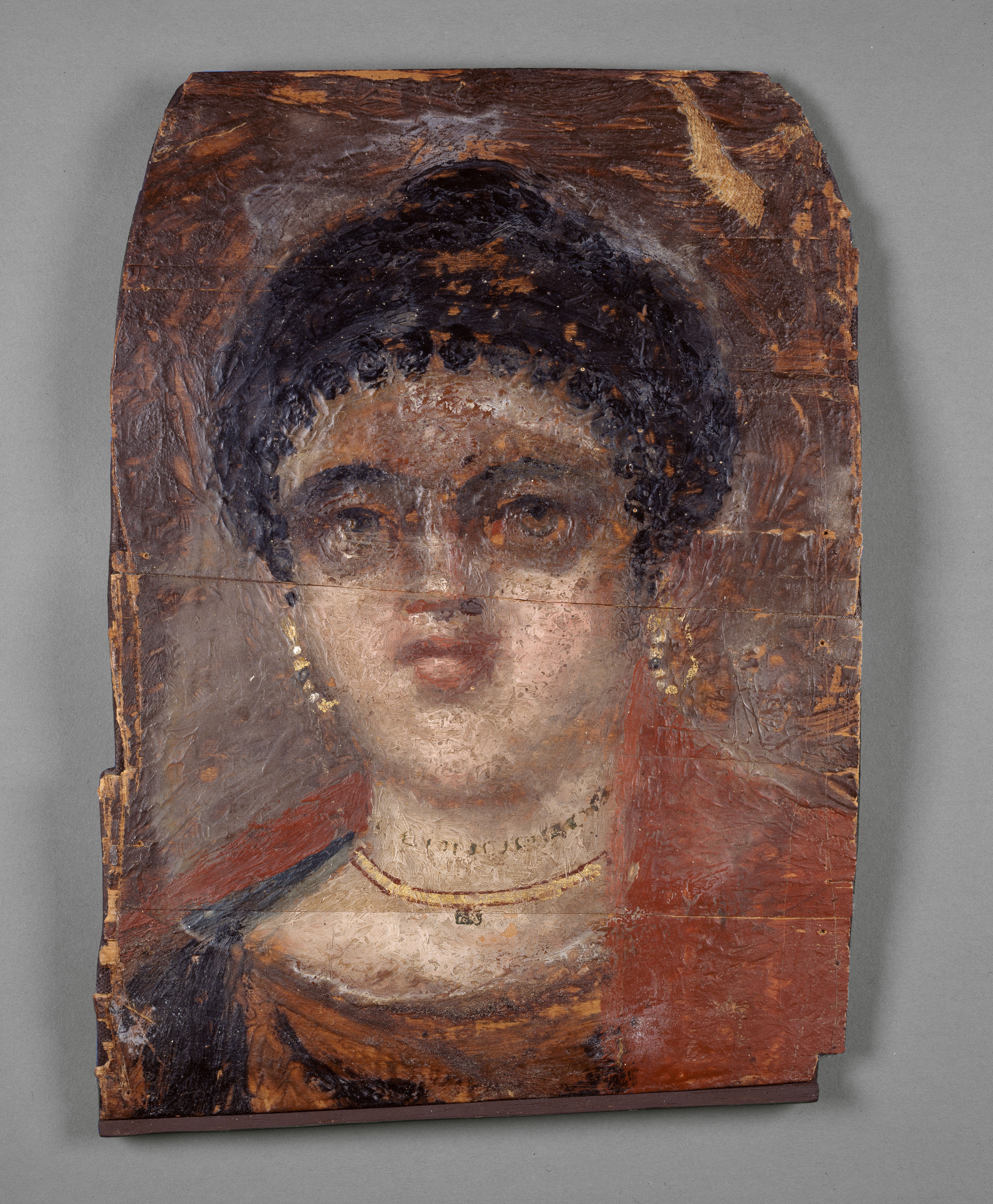
It was a huge task to try and uncover what the paintings were composed of. The team had to spend over two years in order to study the artworks using non-invasive methods. They needed to get their information without having to worry about any potential damages. Since there were priceless objects, there was a need for an effective method that would not hamper anything.
The Investigation Technique
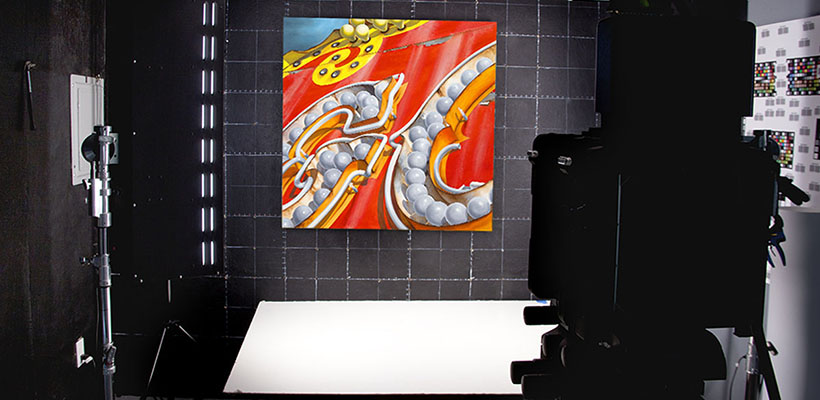
So what could these researchers possibly use to learn more about these paintings if they could not risk any harm? Well, the investigation tools that had been used comprised of two types of x-ray technology, diffraction, and fluorescence. This lead to quite the revelation as they were finally able to clarify the painting techniques and the materials used.
What Did They Find? 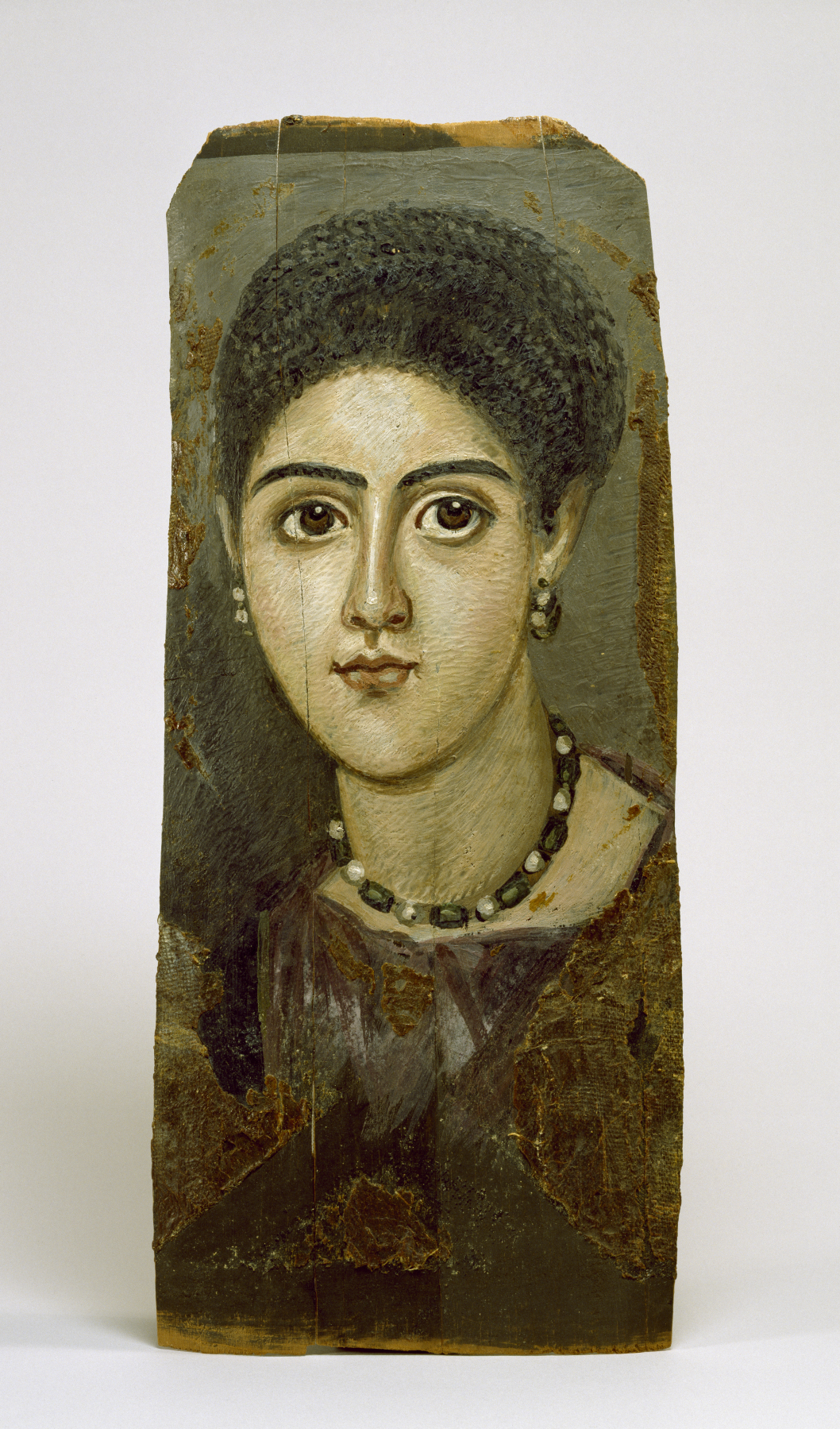
After they could finally take a closer look at the details of the paintings, the researchers would soon discover something quite intriguing. There was a particular finding that left the researchers puzzled at first. It appears that out of six of these 15 paintings’ background layer had blue pigment. It was a detail that these researchers did not expect to discover.
On The University Website

One of the researched from Northwestern’s Marc Walton had something interesting to reveal while speaking about the paintings. This research associate professor of materials science and engineering had announced the importance of the finding on the university’s website. What he wrote was something that left everyone speechless as they had not expected this discovery at all.
